Zion Shuttle Guide: When to Ride, When to Drive & Parking Hacks
- December 15, 2025
- Uncategorized
Southern Utah’s red rock country draws millions every year, and Zion National Park is the crown jewel. The park’s narrow, dramatic canyon... Read More
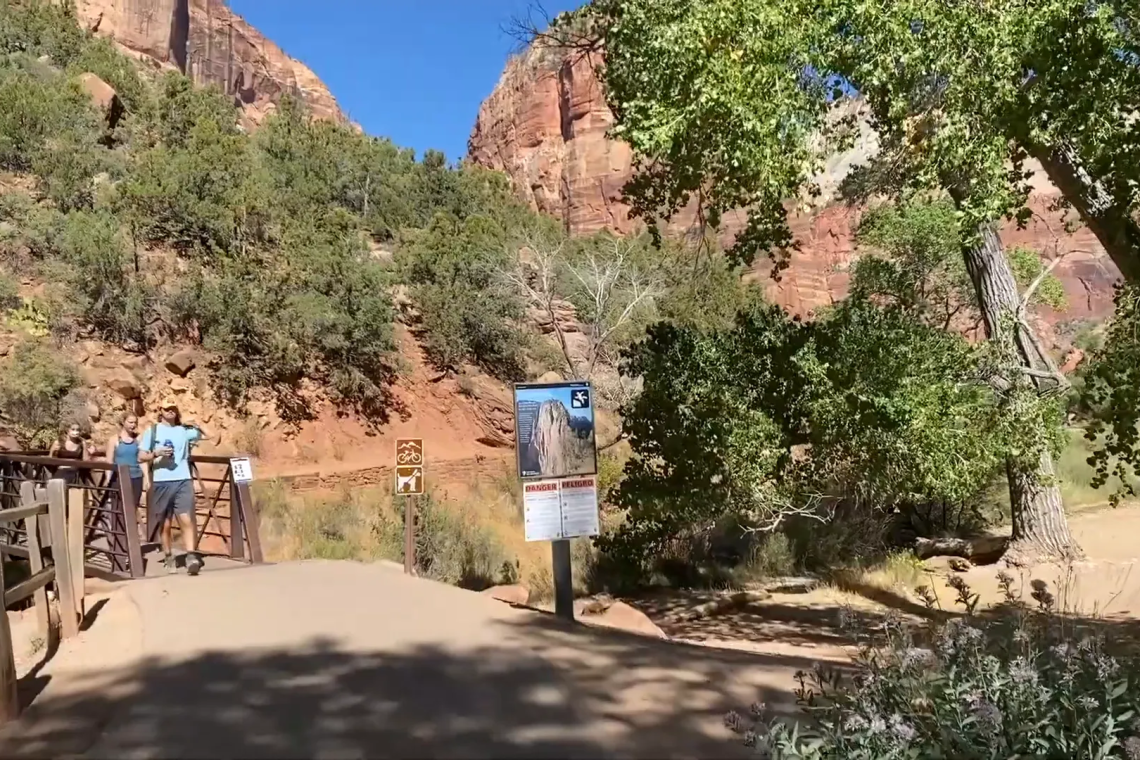
Zion National Park is a treasure trove of breathtaking landscapes, and the Emerald Pools hike is a family-friendly adventure that often goes unnoticed. Join us as we explore the stunning beauty of the upper, middle, and lower pools, providing tips and insights to make your visit unforgettable.
The Emerald Pools trail in Zion National Park offers a delightful escape into nature, combining stunning views with refreshing waters. This family-friendly hike is an essential experience for anyone visiting the park. As you meander through the lush surroundings, you’ll encounter a series of pools that shimmer in the sunlight, framed by towering red rock walls. Each pool presents a unique perspective on the park’s natural beauty, making it a must-see for both seasoned hikers and casual walkers alike.
The journey begins at the trailhead for Angel’s Landing, a well-known landmark in Zion. This starting point also serves as the gateway to the Kayenta Trail, which leads you to the upper Emerald Pools. As you step onto the trail, the first thing you’ll notice is the breathtaking backdrop of Angel’s Landing itself, rising majestically against the sky. The path is well-marked, ensuring that even those unfamiliar with the area can navigate with ease.
As you progress along the trail, you’ll soon arrive at the middle pool, a beautiful oasis nestled beneath an overhanging rock. This area offers a perfect spot to pause and take in the scenery. The contrast of the vibrant green trees against the striking red cliffs creates a picturesque backdrop for photos. The cool waters of the pool invite you to dip your toes and enjoy a moment of tranquility away from the hustle and bustle of everyday life.
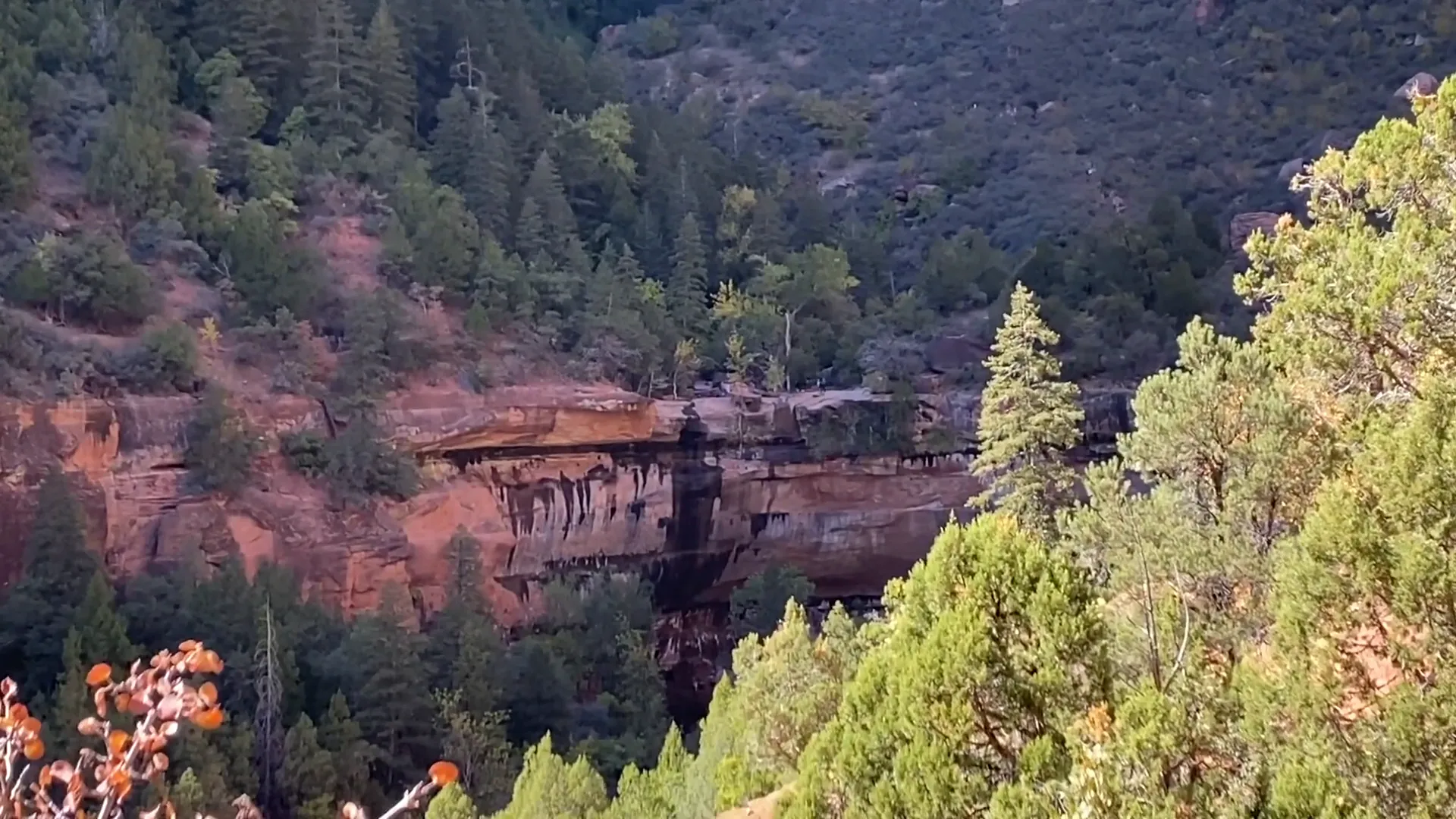
The final ascent to the upper pool is rewarding, featuring stunning views that showcase the grandeur of Zion National Park. This pool, situated near a dramatic black rock wall, provides a serene atmosphere, perfect for reflection and appreciation of nature’s artistry. The journey to the upper pool may require some effort, but the breathtaking vistas waiting for you at the top make every step worthwhile.
After soaking in the beauty of the upper pool, it’s time to make your way back down. The return journey offers a different perspective, allowing you to appreciate the trail and its surroundings from a new angle. Keep an eye out for wildlife along the way—Zion is home to a variety of animals that may cross your path. As you descend, take a moment to enjoy the refreshing breeze and the sounds of nature all around you.
On your way back, don’t miss the opportunity to stop at a stunning viewpoint overlooking the lower pools. This spot provides a fantastic vantage point to see the cascading water and the surrounding cliffs. It’s a perfect place to capture memorable photos, so be sure to have your camera ready. The sight of water flowing over the rocks, combined with the vibrant colors of the landscape, creates an unforgettable scene.
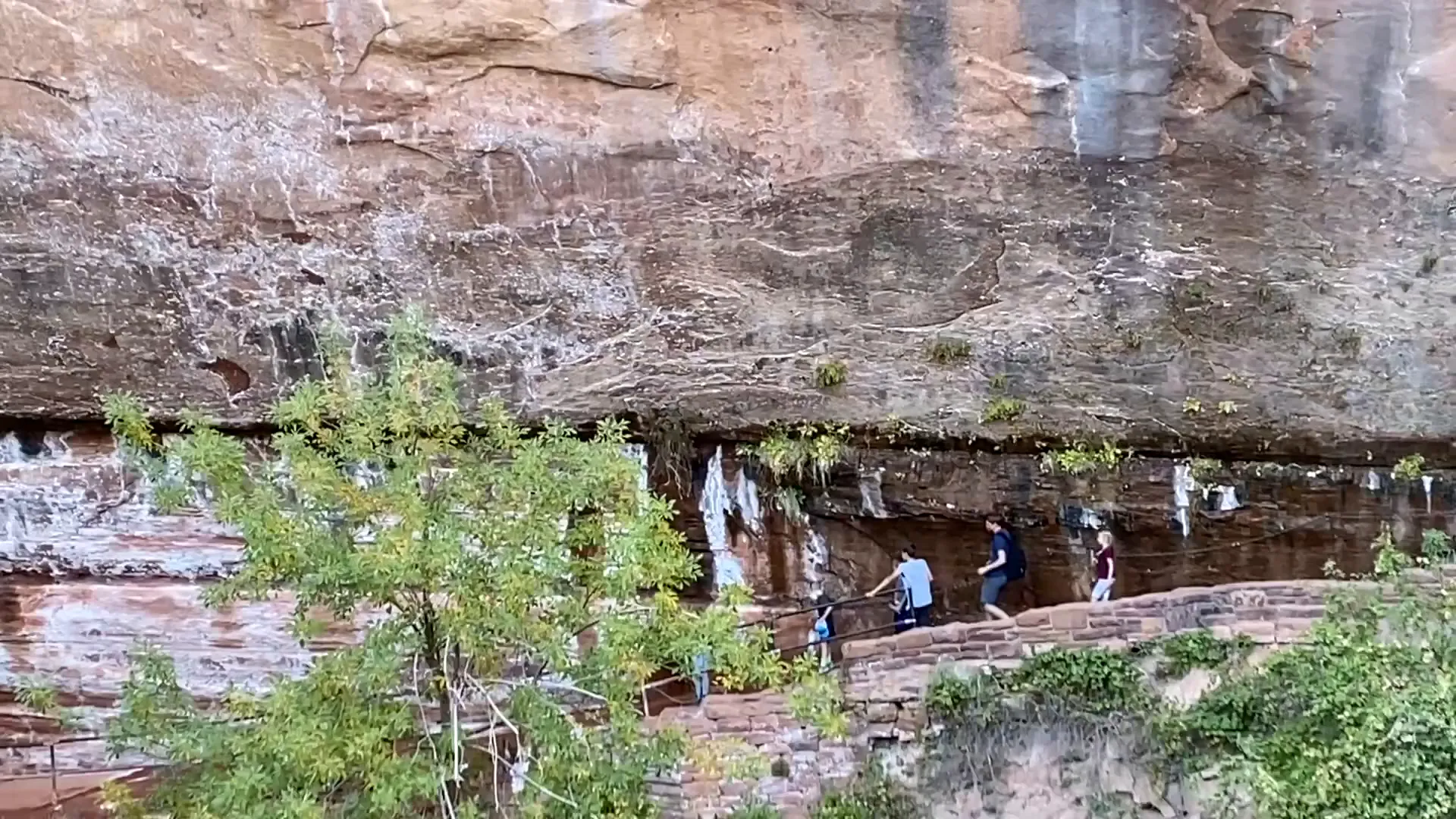
Finally, you’ll arrive at the lower pool, which is often less crowded than its upper counterparts. This serene spot features gentle trickles of water cascading down from the cliffs, creating a soothing atmosphere. The lower pool is an excellent location for a family picnic or simply to relax and enjoy the peaceful surroundings. With its stunning backdrop and tranquil waters, it’s a hidden gem within Zion National Park that should not be overlooked.
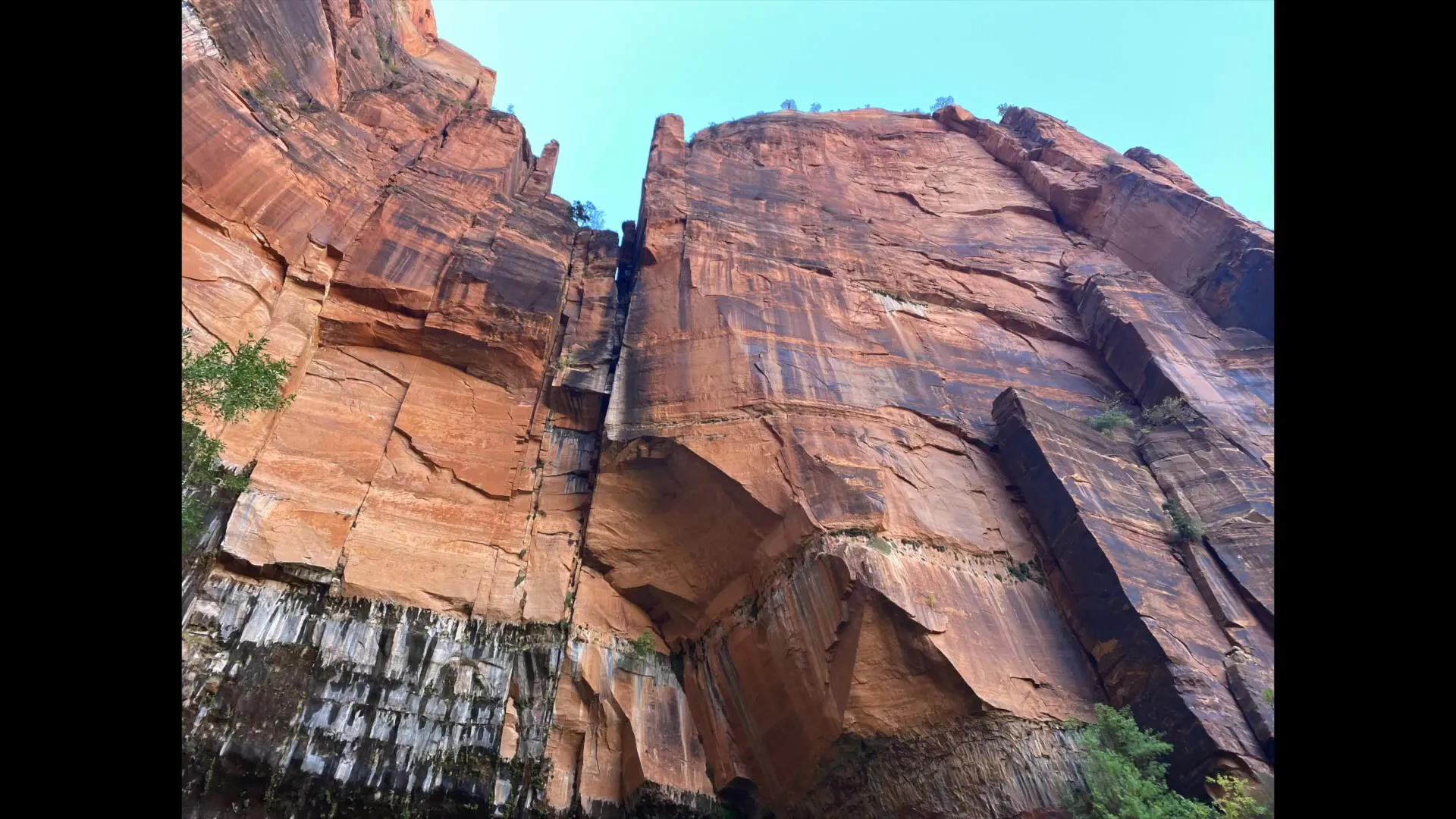
As you hike towards the Emerald Pools, the breathtaking views are complemented by iconic formations like the Great White Throne and Angels Landing. The Great White Throne, a majestic monolith that towers over the landscape, is named for its striking resemblance to a throne and its ethereal beauty. It serves as a powerful reminder of nature’s artistry.
On the opposite side, Angels Landing stands proudly, its sheer cliffs challenging adventurers and offering unparalleled views of Zion Canyon. This formation has a rich history, named by a minister in the early 1900s who felt it was a place where angels would land. The stories behind these names add depth to the experience, connecting visitors to the park’s history and the awe-inspiring landscapes.
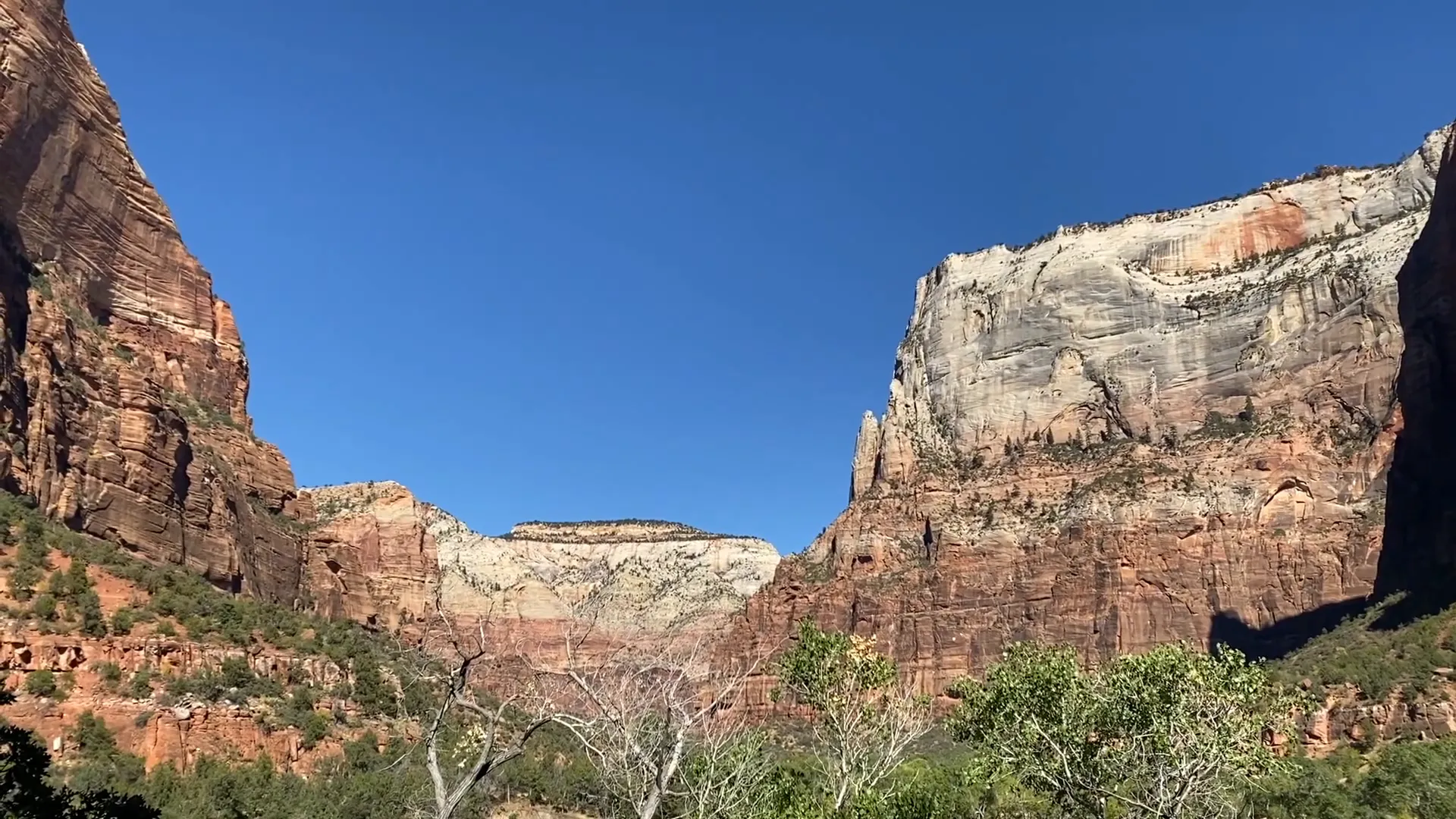
Zion National Park transforms with the seasons, each offering a unique perspective on its stunning landscapes. In the spring, wildflowers bloom, painting the canyon floor with vibrant colors. Summer brings lush greenery, making the waterfalls and pools even more inviting. However, fall is perhaps the most enchanting time to visit, as the trees change color, creating a breathtaking contrast against the red rock walls. The golden hues of autumn add a magical touch to the already picturesque scenery, making it perfect for photography and leisurely hikes.
Winter, while less popular, offers a tranquil escape with fewer crowds. The park is transformed into a serene wonderland, where the snow-capped peaks contrast beautifully with the red rock formations. Each season in Zion provides a different experience, making it worthwhile to visit multiple times a year.
The Emerald Pools hike is not just about reaching the pools; it’s about the journey through the stunning landscapes of Zion. The trail winds through towering cliffs, lush vegetation, and diverse wildlife, offering hikers a truly immersive experience in nature. Along the way, you’ll encounter fascinating rock formations and the soothing sounds of flowing water.
For those seeking a bit more adventure, consider the side trails that branch off from the main path, leading to lesser-known viewpoints and hidden gems. These detours can provide a more intimate connection with the park’s beauty, away from the more heavily trafficked areas.
The names given to various formations in Zion National Park, particularly Angels Landing and the Great White Throne, carry significant historical weight. The minister who named these formations sought to convey the spiritual connection he felt in this majestic landscape. His choice of names reflects not only the beauty of the formations but also the reverence that many visitors feel when they experience Zion’s grandeur.
Understanding the history behind these names enriches the hiking experience, allowing visitors to appreciate the area not just for its physical beauty but also for its cultural significance. As you hike, take a moment to reflect on the stories that these names tell and the generations of visitors who have come before you.
To make the most of your visit to the Emerald Pools, consider the following tips:
Here are some common questions that visitors have about hiking the Emerald Pools:
Join The Discussion